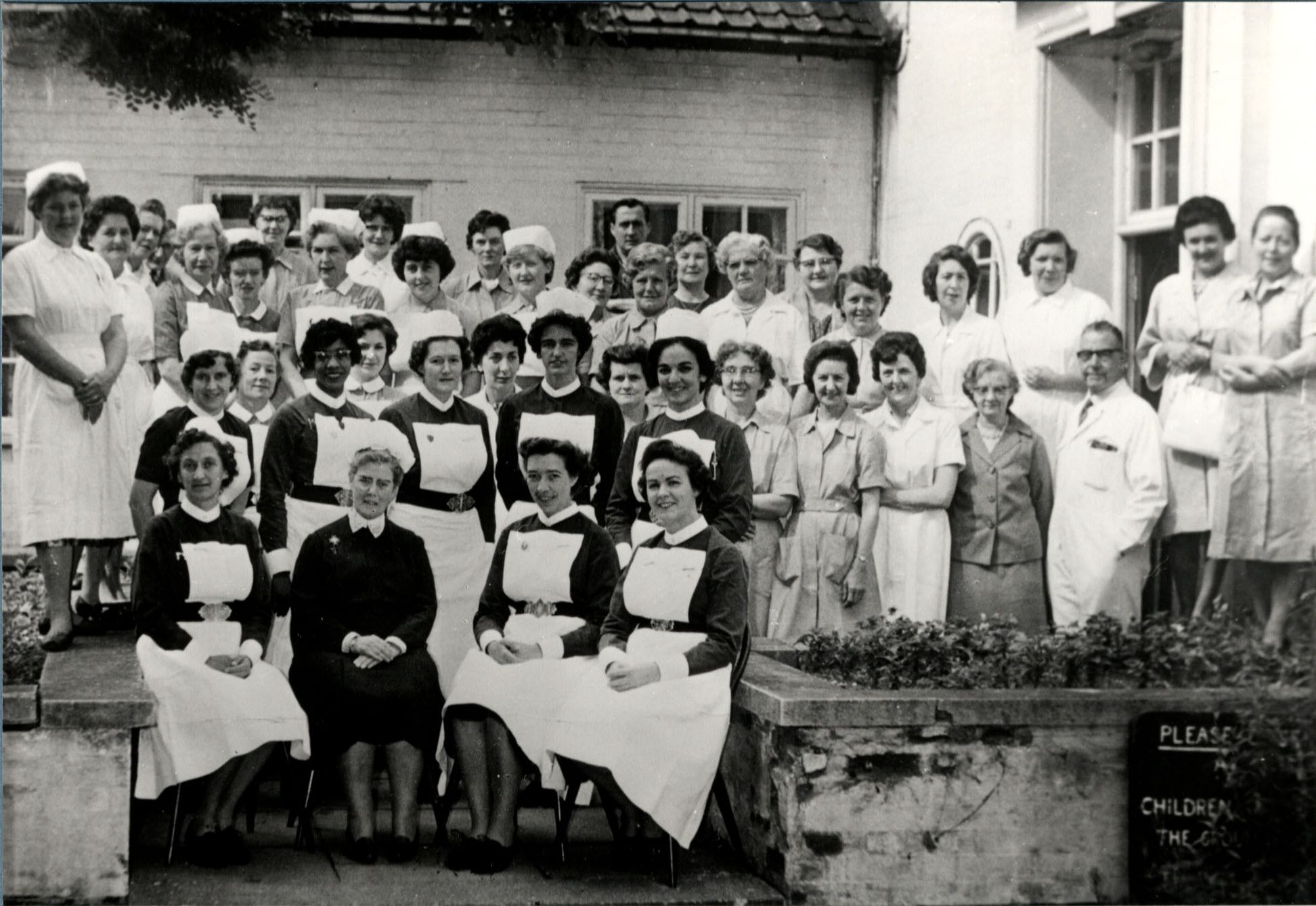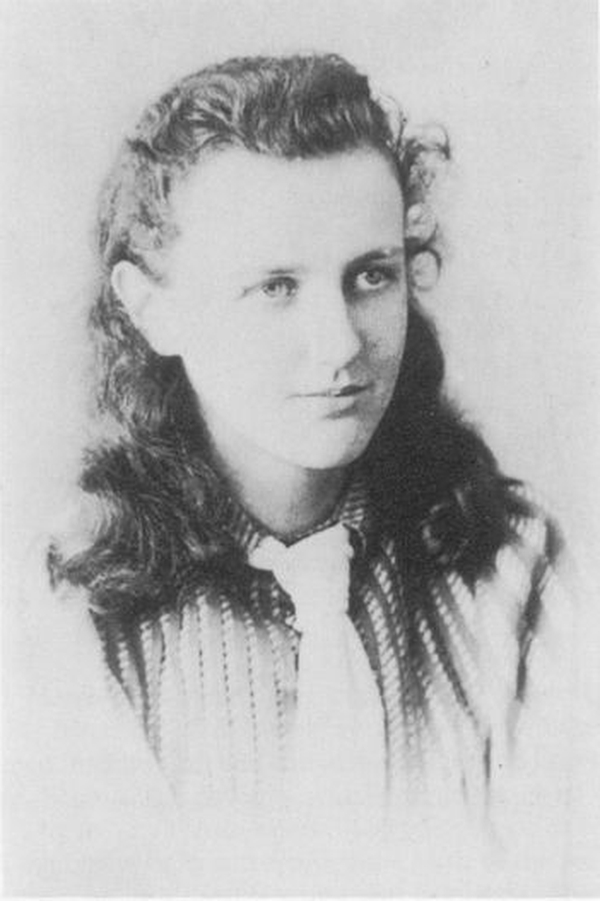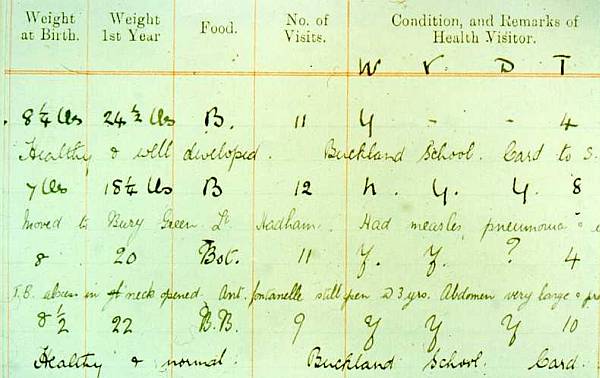
Contributing to the understanding of lifecourse influences on health in later life
The history of the Hertfordshire Cohort Study
In the early part of the last century, mothers and babies in the U.K. were generally much less healthy than they are nowadays. Working in the late 1980’s, Professors David Barker and Clive Osmond noticed that the parts of the country which had the least healthy babies in the early 1900’s were the same areas which were ‘hotspots’ for heart disease 60 to 70 years later. This led them to ask: ‘do poor conditions in early life lead to heart disease in adulthood?’
To investigate this question, detailed information was needed about a group of men and women’s early life as well as their health in later life. After a search lasting several years, a large collection of midwife and health visitor records came to light in Hertfordshire. These records contained unique information on weight at birth and during infancy for all babies born in the county between 1911 and 1939.
The collection of the detailed information recorded in the Hertfordshire ledgers was overseen by Miss Ethel Margaret Burnside who coordinated a team of midwives and health visitors whose objective was to improve the survival, health and development of infants in the county. This was an important public health priority at a time when Britain’s birth rate was declining and infant mortality rates were high.
The ledgers contain detailed information on each baby born in Hertfordshire:
- Name and address at birth
- Date and time of birth
- Weight at birth
- Method of feeding in infancy
- Weight at one year of age
- Number of teeth at one year
- Whether vaccinated against smallpox by one year
- Whether weaned by one year
- Whether given a dummy
- General comments about health up to 5 years
- School attended at 5 years
This might seem like a limited amount of information when compared with the extensive digital health records that are maintained for babies and children today, but the information contained in the ledgers has proved invaluable!
The information in the Hertfordshire ledgers was computerised and linked with data from death certificates. A clear link was found between having low weight at birth and one year of age, and increased risk of death from cardiovascular disease in later life. This was the first study based on data about individual people to demonstrate such findings. The next stage of research was to explore the relationship between a baby’s early environment (as reflected by weight at birth and during infancy) and a wide range of markers of health and disease in later life; this required face to face interviews and clinics with surviving members of the cohort. More details about the wide range of studies that have been carried out using members of the Hertfordshire birth cohort can be found under:
For more information about the ledgers and how they were discovered please see the following paper:
Barker, D. The midwife, the coincidence, and the hypothesis. BMJ. 2003; 327(7429): 1428–1430.





